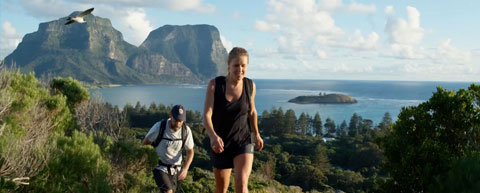What’s really under foot on our Murray River Walk?
Category: News
It’s hard to believe but up to 2.5 million years ago, the Murray River Walk’s walking route was beneath the sea. As we now trek over this ancient land, our great walkers have the opportunity to journey back in time by exploring remnants of this diverse and spectacular landscape.
Residue of the the sea that once engulfed the region is the deposit of white and yellow beach sand that can be seen at certain locations along the walking track. Further evidence of this ancient sea can also be seen in the layers of cliffs of Lake Bungunia.
As the Murray River started to form (about 600,000 years ago), water flowed west off the Great Dividing Range cutting down through red clay plains and into the marine sands. This ‘cutting’ started the beginnings of a river channel with floodplains and cliffs either side.
This water of The River Murray continued to carve its way through the landscape, snaking in different directions. The area in which the Murray River Walk journeys is within a broad floodplain. Walkers will experience the river at its widest, up to 14km across and down to 5 km, at Bunyip Reach. It is at this narrow point where the Chowilla Dam was proposed to be built in the 1960s.
With red ochre cliffs, floodplains, wetlands, creeks and sand dunes all part of the landscape in this picturesque part of South Australia, learning all about the path on which you tread is just one aspect of this incredible walking experience that will have you transported back in time in an iconic Australian landscape.
Click here to learn more about the Murray River Walk and its history or to make a booking enquiry.

